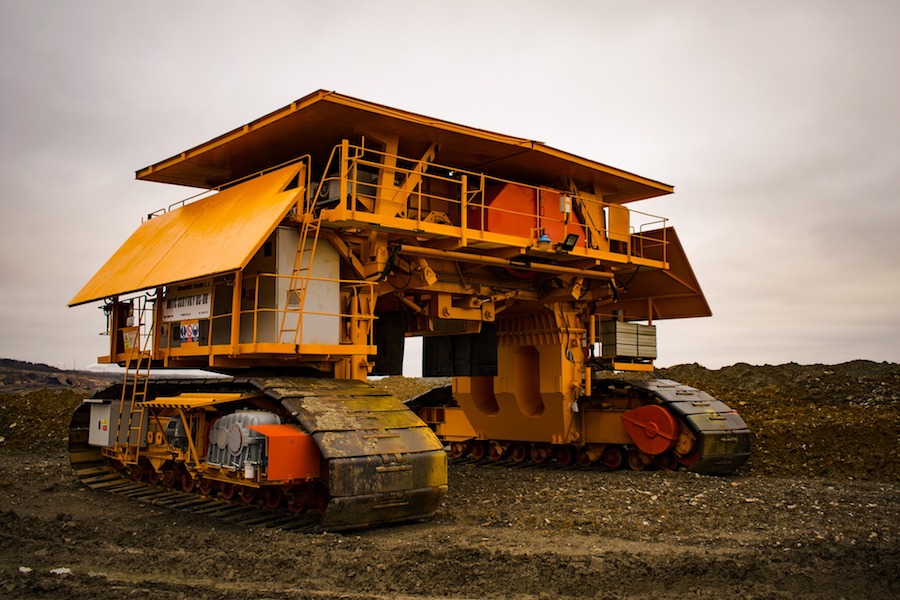Re: Well...There's One Good Thing About Our Delays...Part 2
in response to
by
posted on
Sep 01, 2019 09:24AM

NI 43-101 Update (September 2012): 11.1 Mt @ 1.68% Ni, 0.87% Cu, 0.89 gpt Pt and 3.09 gpt Pd and 0.18 gpt Au (Proven & Probable Reserves) / 8.9 Mt @ 1.10% Ni, 1.14% Cu, 1.16 gpt Pt and 3.49 gpt Pd and 0.30 gpt Au (Inferred Resource)

Sorry, first article attempt did not paste very well from Mining Weekly, so I am reposting the same announcement from Mining.com. I feel like Canada is finally starting to pay attention to its resource sector, after having neglected it for years. Especially, here in Ontario. For a time it was almost as if Canada was told not to speed up progress, even though there was a clear indication that we were lagging behind. Now, with a commodity boom on our doorstep, I hope this time when we move forward that the same obstruction in our way decides to step aside, and instead holds the door open for us.
https://www.mining.com/canada-injects-c2m-into-energy-efficient-mining-technology-project/

Canada’s Minister of Natural Resources is investing C$2 million (about $1.5m) in an initiative to develop an energy-efficient mining technology expected to reduce energy consumption at mine sites, cut costs and make remote operations more productive.
The Canada Mining Innovation Council’s project seeks to replace conventional crushers with technology that can reduce the crushing and grinding component of a mining site’s energy consumption by up to 40%.
Crushing and grinding rocks into smaller pieces is the most energy-consuming activity in a mining operation.
The project, funded through Natural Resources Canada’s Clean Growth Program, lowers costs for that part of the mining process by 30%.
The program is a C$155-million investment fund that helps emerging clean technologies further reduce their impacts on air, land and water, while enhancing competitiveness and creating jobs.
The Canadian government is also funding two electric vehicle (EV) infrastructure projects in Quebec, run by Mogile Technologies.
One of them is testing a method to allow utilities to “dynamically adjust power output and pricing” at charging stations, based on predicted load use.
The second project will develop a single account for EV drivers to pay for the use of any charging station. That could improve the business model for charging infrastructure operators and make payment easier for drivers, Natural Resources Canada said.
EV ADOPTION IN CANADA CURRENTLY SITS AT AROUND 3% OF THE TOTAL NUMBER OF VEHICLES
“Getting more electric vehicles on the road is a practical and effective way for Canadians to reduce pollution and fight climate change,” minister Amarjeet Sohi said.
EV adoption in Canada currently sits at around 3% of the total number of vehicles, but as battery-fuelled cars get better, cheaper and more suited for the country’s climate, market analysts expect to see that number climb quickly.
Canada has also committed $25.4 million (C$33.7m) in northwestern Alberta’s first commercial-scale geothermal facility.
The project’s goal is to demonstrate that geothermal power is a viable and reliable power source. Complemented with existing energy sources, it can play a major role in phasing out coal, Sohi noted.
The facility will generate 5 MW of electricity annually, enough to power 6,800 homes and reduce greenhouse gas emissions by approximately 20,000 tpy.